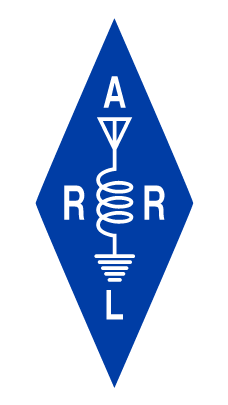The Barnstable Amateur Radio Club (BARC) and Falmouth Amateur Radio Association (FARA) teamed up the evening of July 15 to introduce amateur radio to several hundred students at the Advanced Studies and Leadership Program held at the Massachusetts Maritime Academy in Bourne on Cape Cod. Antennas were set up outside of the conference center to enable live demonstrations of on-the-air operation. Contacts were made by the students as far away as Europe and local repeater operation was also demonstrated. The club repesentatives were: Norm, WA1NLG, Lem, W1LEM, Chris, WA1CMR, Ralph N1YHS and Rob, K1UI.
The equipment setup included HF and VHF transceivers, a multiband HF vertical and a 2M vertical as well as HF and VHF transceivers, an AMSAT Cubesat demonstrator and an ARES “Go-Kit.”
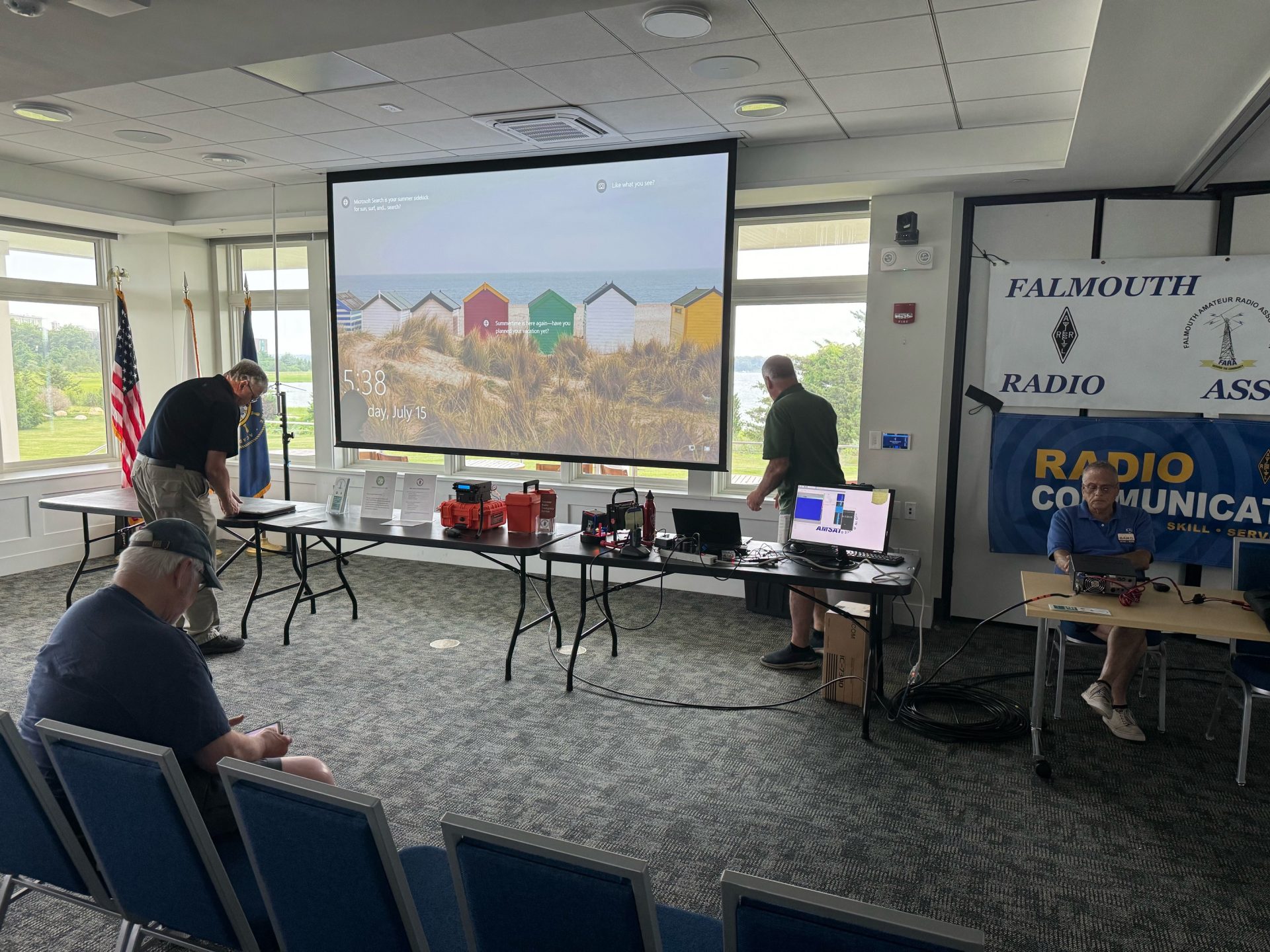
Lem, W1LEM, Chris, WA1CMR, Bruce, WA3SWJ and Rob, K1UI Setting up for the presentation.
Bruce, WA3SWJ, demonstrated cubesat construction and operation using an AMSAT simulator. Norm, WA1NLG, outlined the many technical branches of amateur radio including its integration with personal computer operation. Chis explained the role of ARES in amateur radio and its importance to the community. All the speakers emphasized the benefit of amateur radio in preparing for a scientific and engineering career.
The process of getting a license was addressed and the availability of local courses at both clubs was highlighted.
After the presentation, a question and answer session was followed by an opportunity for the students to operate the HF and VHF equipment themselves.
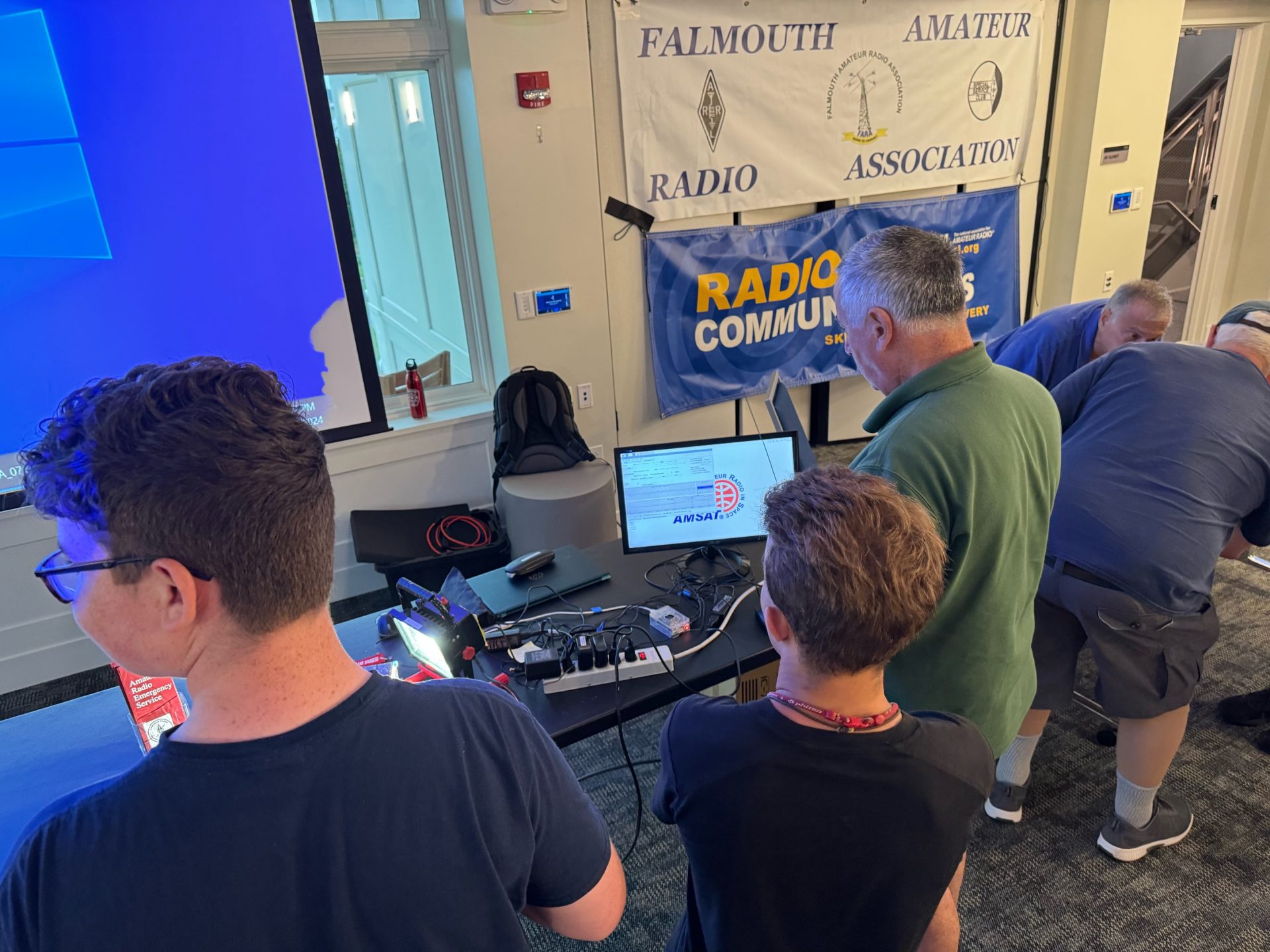
Bruce, WA3SWJ, demonstrating Cubesat operation
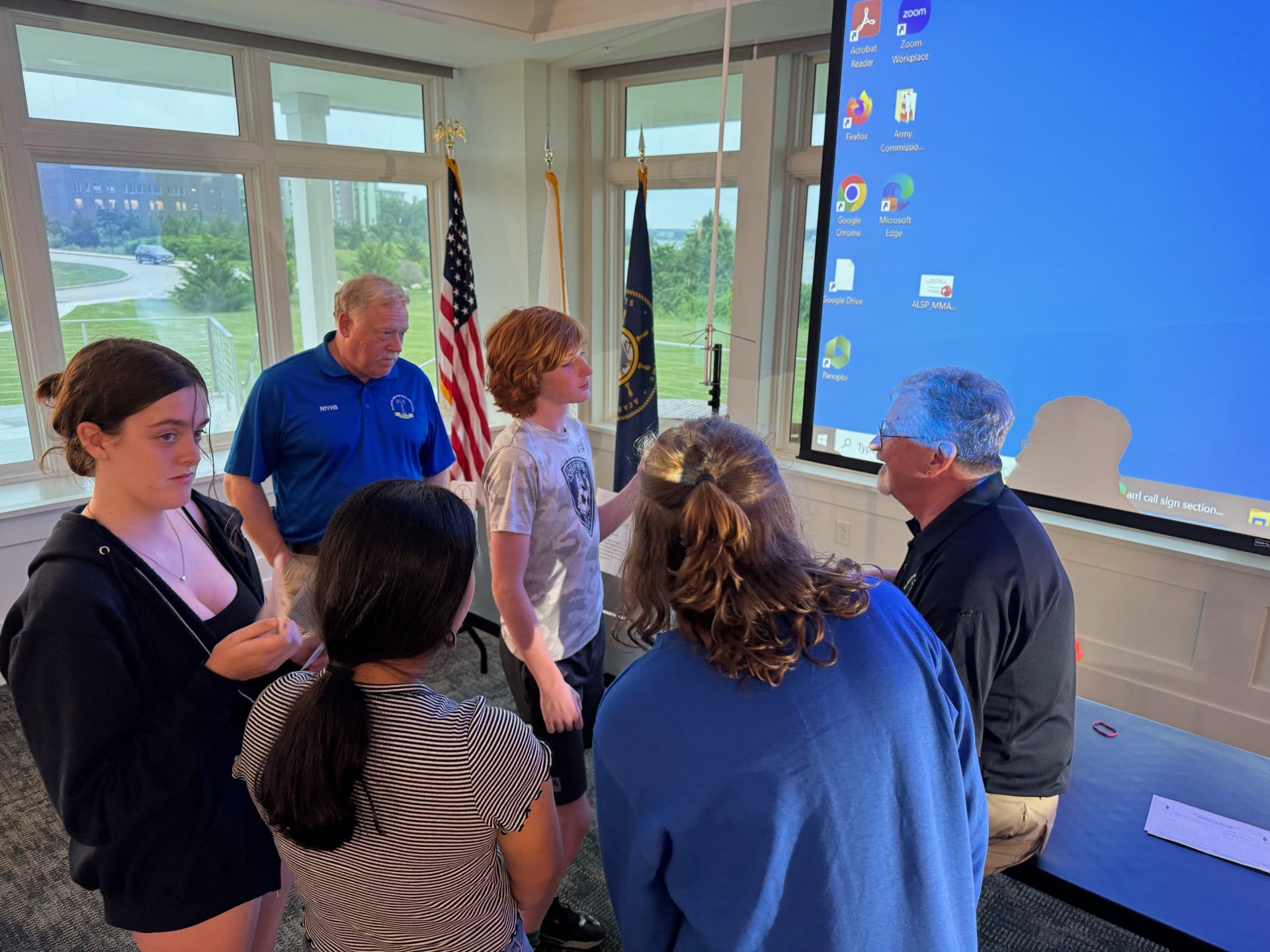
Chris, WA1CMR, and Ralph, N1YHS, answering questions about ARES and repeaters
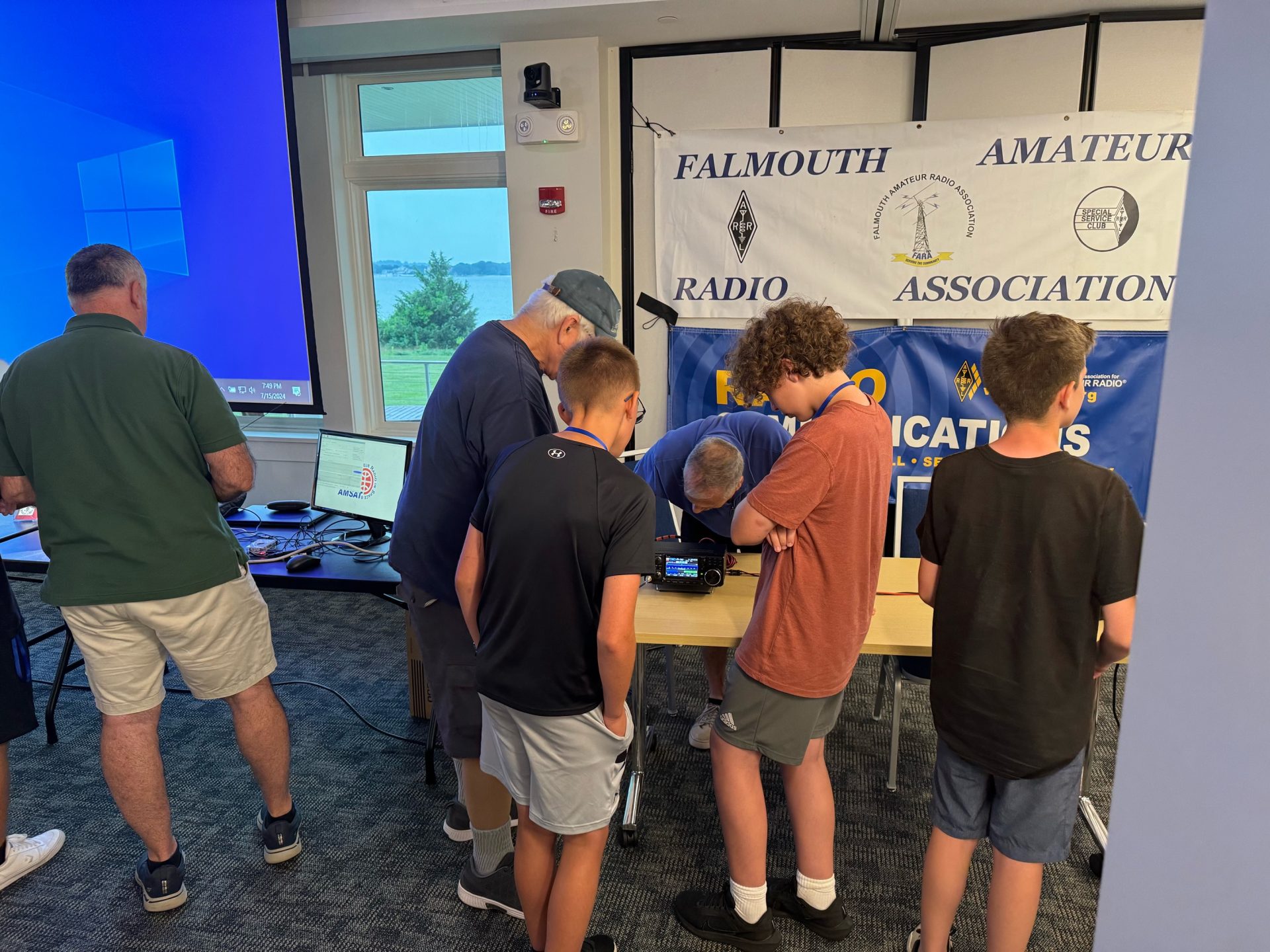
Lem, W1LEM and Rob, K1UI demonstrating 20 meter SSB DX’ing.
